Offensive operations launched against government forces by a splinter faction of the Revolutionary Armed Forces of Colombia known as the Estado Mayor Central (FARC-EMC) erupted across Cauca, a department located in southern Colombia known for its heavy presence of the FARC-EMC, over the weekend.
Alleged Civilian Involvement
On Friday, alleged armed members of the FARC-EMC targeted a police station located in Silvia, Cauca. In videos published on X, armed men can be seen present on the streets of the Colombian town while gunshots ring out nearby. In another video, a similarly armed man can be seen moving down a residential street.
On Saturday, security forces arrived in the El Plateado district of Argelia, Cauca, to attempt to remove the presence of members of the FARC-EMC. These efforts ultimately failed, largely due to the refusal of civilians to allow military operations within the district. Video obtained by Semana, a Colombian news outlet, shows civilians standing directly in the path of two Armored Security Vehicles (ASV) identified by Atlas News as a M1117, an ASV originally developed for use by the United States’ Military Police.
In response to the military’s operation in El Plateado, the FARC-EMC responded with explosives dropped from commercial drones across four locations within the area while civilians blocked the military’s movements. The attack injured 17 civilians, according to military sources, while no casualties have been reported.
Reports suggest civilians who attempted to stop security forces’ advance were encouraged by the local command structure of the FARC-EMC, although these claims cannot be confirmed by Atlas News at this time.

In response to the alleged use of civilians to deter military operations by the FARC-EMC, Colombia’s Minister of Defense, Iván Velásquez Gómez, met with the inhabitants of El Plateado before condemning the attack on the Ministry of Defense’s X page.
“We reject any action that involves children and adolescents in violence or attacks against state forces." The Ministry of Defense said in the post. “No purpose justifies exposing the most vulnerable to these risks. The commitment to protect the life and rights of children is unwavering.”
El Plateado is not new to conflict between government forces and members of the FARC-EMC. A similar attack against government forces was launched in August by the FARC-EMC in the same district, which led to the death of a ten-year-old and increased pressure by security forces against the armed group. During the attack, members of the FARC-EMC utilized a commercial drone with a grenade attached, a tactic used in a number of ongoing conflicts, such as the ongoing Russian invasion of Ukraine as well as groups such as Hamas in their war against Israeli forces.
Brigadier General Federico Mejía stated that the attack was launched after inhabitants of El Plateado refused to expel government forces from the region. The attack ultimately led to the death of the ten-year-old who was playing soccer, marking the first casualty through the usage of a commercial drone during the ongoing conflict.
Total Peace in Peril
Conflict within Colombia has seen a swift rise following the dissolution and of two ceasefires with both the FARC-EMC and another leftist guerilla group known as the National Liberation Army (ELN). These two groups previously held a tentative peace with the Colombian government as part of President Gustavo Petro’s plan to bring “total peace” to Colombia and end the decades-long conflict, which has taken an estimated 450,000 lives.
The ceasefire with the FARC-EMC, which was originally negotiated in June 2023, was dissolved in March 2024 following an attack by the FARC-EMC on an indigenous community, which left one community leader dead and two others wounded after the group attempted to forcibly recruit two minors. Following the dissolution of the ceasefire, government forces intensified operations against the FARC-EMC, who had reportedly grown more powerful through the expansion of the production and distribution of narcotics, increasing the number of recruits, and taking territory from rival armed groups in Colombia.
Since then, the FARC-EMC has launched a number of powerful operations against government forces in what many believe to be an attempt to coerce the Colombian government to reenter a ceasefire with the FARC-EMC.
"No matter how much pressure these illegal organizations try to exert, we will not back down from the decision to suspend the ceasefire. Offensive operations by the Public Force [military and national police] will continue," Defense Minister Ivan Velasquez stated in April, seemingly confirming this theory.
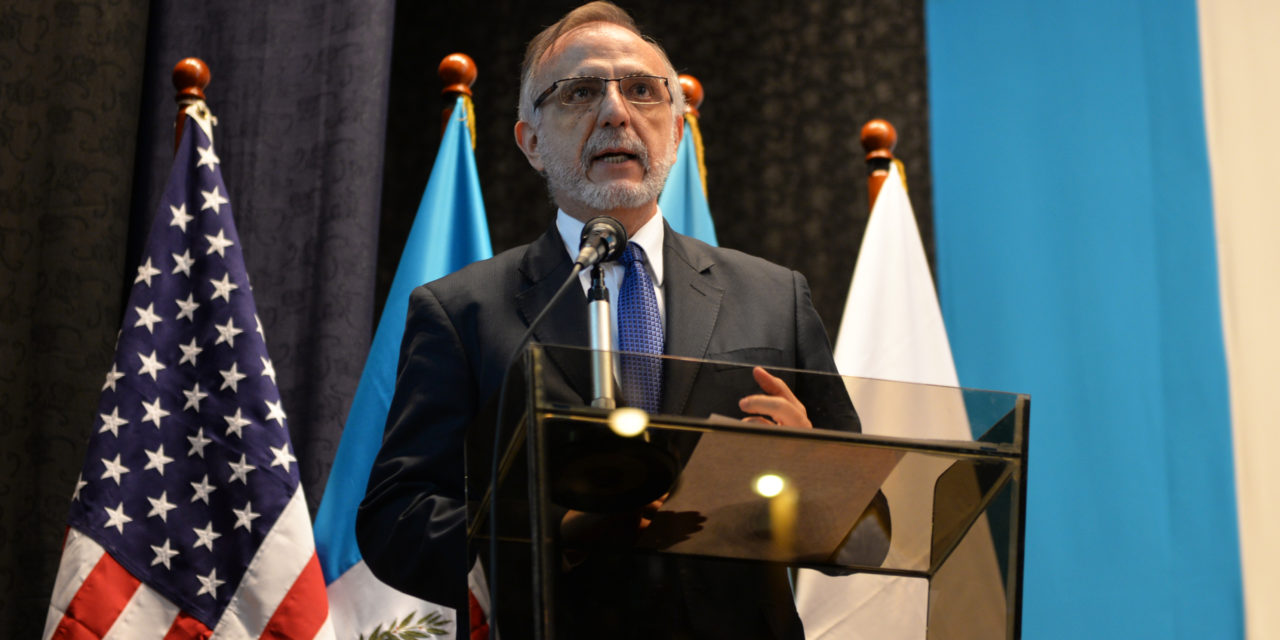
"This organization has only filled the communities in these departments with anguish and suffering, and it is precisely because of these criminal actions against the population that the government, the President of the Republic, decreed the suspension of the cessation. And no matter how much pressure is intended to be exerted, we are not going to decline this decision taken to suspend the cessation and develop offensive operations by the Public Force," Velasquez continued.
The ELN has similarly increased operations against government forces, launching attacks on vital infrastructure for both civilians and members of the Colombian armed forces, utilizing car bombs, and engaging in “pistol plans,” a strategy consisting of targeting vulnerable soldiers and police in an effort to undermine morale and destabilize regions of interest to the armed group.
Furthermore, the ELN has claimed the Colombian military previously launched a joint operation against the ELN with Clan del Golfo, one of Colombia’s most prolific narco-paramilitaries, in a statement published on X. This statement was published in response to a statement published on the same social media platform by the Colombian Ministry of Defense, wherein the Minister of Defense and members of the Colombian military announced continued military operations against the ELN since the expiration of a ceasefire between the two organizations and the suspension of peace talks with the armed group under President Gustavo Petro.
In the statement, the ELN claimed that on June 11, 2024, roughly two months prior to the expiration of the ceasefire between the government and armed group, members of the Dario Ramirez Castro War Front of the ELN engaged in combat with elements of Clan del Golfo, culminating in the capture of a paramilitary leader by the name of Jonefer Sayas Gallardo. The ELN claimed in their statement that Sayas admitted to operating under the command of the Colombian military itself, a claim often levied by leftist armed groups such as the ELN and a splinter faction of the Revolutionary Armed Forces of Colombia known as the Estado Mayor Central (FARC-EMC).
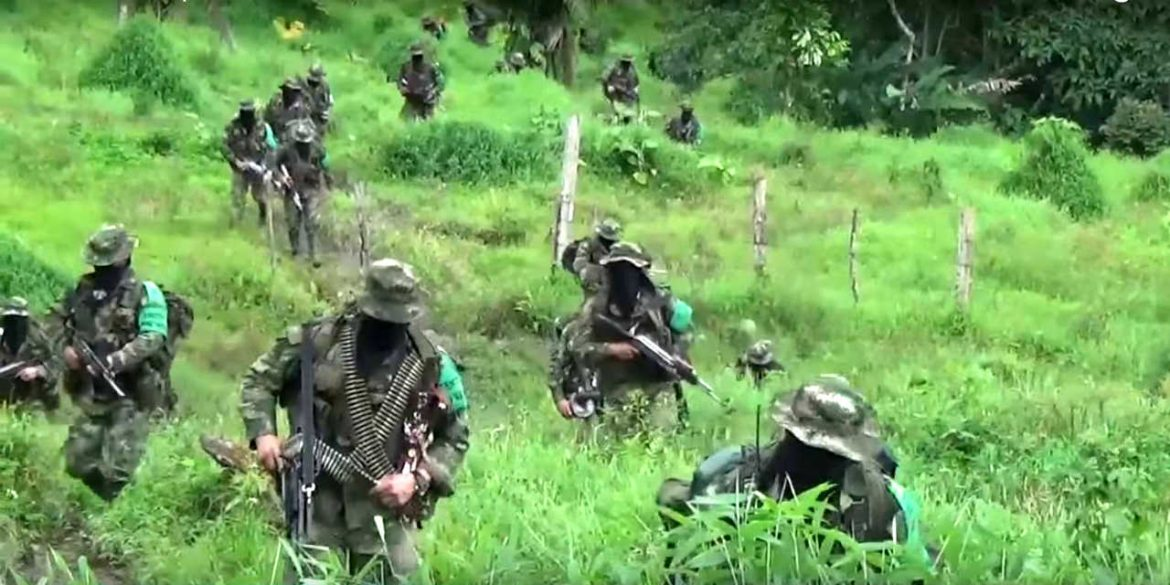
These claims have historically held some credibility, as the Colombian military has previously colluded with Clan del Golfo’s now defunct parent organization, the United Self-Defense Forces of Colombia (AUC), between the 1990s and early 2000s. While the official statements by the Colombian government have denied any collusion with the AUC, members of the Colombian armed forces have later been implicated during investigations into these claims, including numerous military officers and politicians, with the latter being involved in the “parapolitics” scandal, which ultimately led to the arrest of over 60 Colombian politicians.
In their statement, the ELN reiterated their claims that the Colombian government is currently engaged in joint operations with paramilitary organizations across Bajo Cauca, Northeast Antioquia, and South Bolivar as part of the military’s counterinsurgency plan. The ELN further claimed the scope of the alleged joint operations is not possible to be launched “without the command and control of the High Command of the Military Forces,” due to the large amount of operational territory and the manner in which the alleged operations have been conducted.
The ELN concluded their statement with a petition to the Minister of Defense, Iván Velásquez Gómez, to secure the release of Sayas through a commission “formed with the participation of the [Catholic] Church and the UN.” The likelihood of the Colombian military facilitating the release of Sayas is low, as by guaranteeing the release of an alleged paramilitary leader, the Colombian military would implicate itself in the ELN’s claims of launching joint operations with paramilitary organizations or at the very least possibly providing information, munitions, and other support for paramilitary organizations.




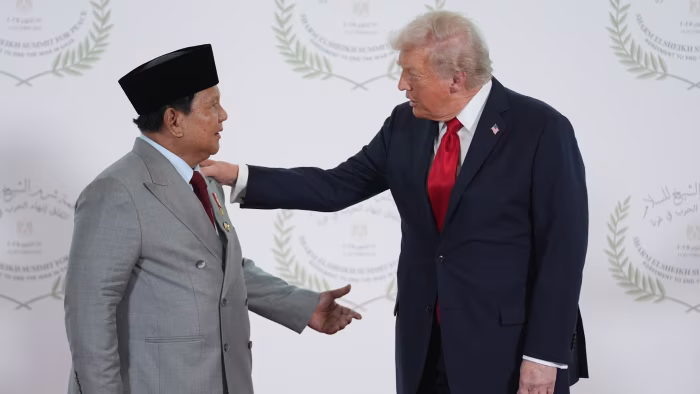

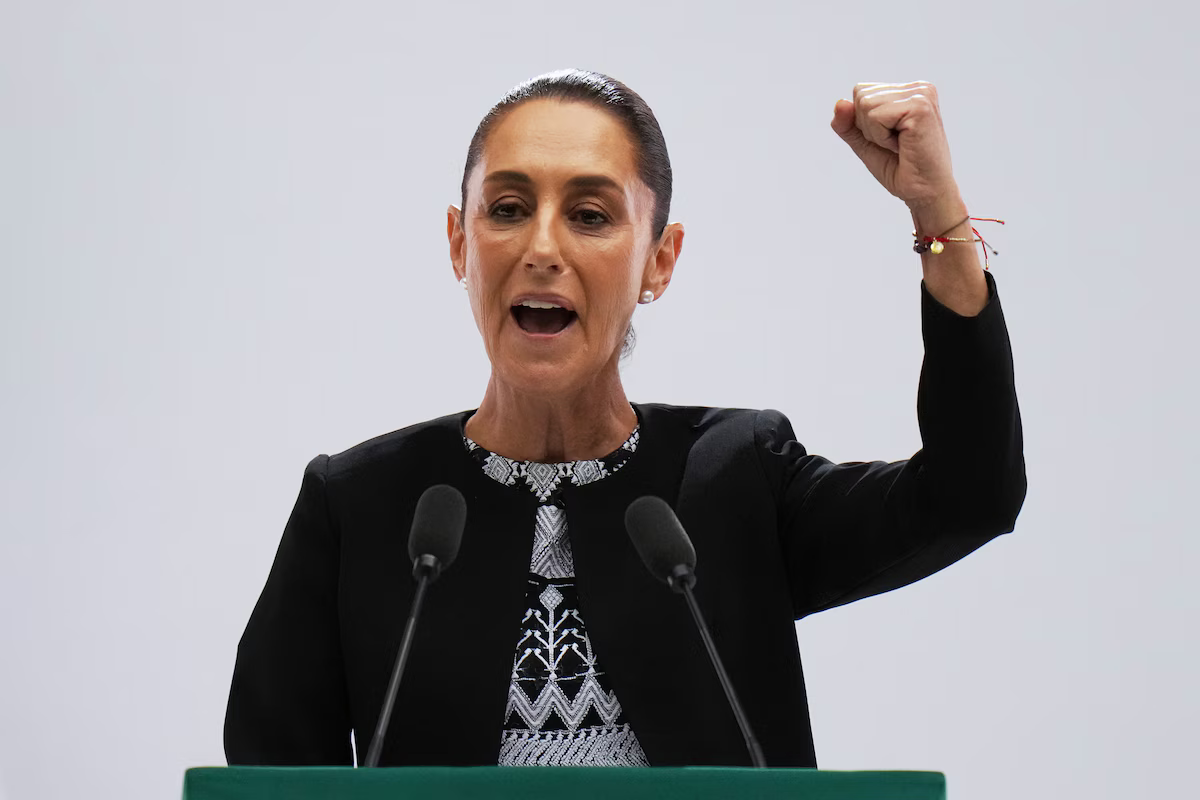
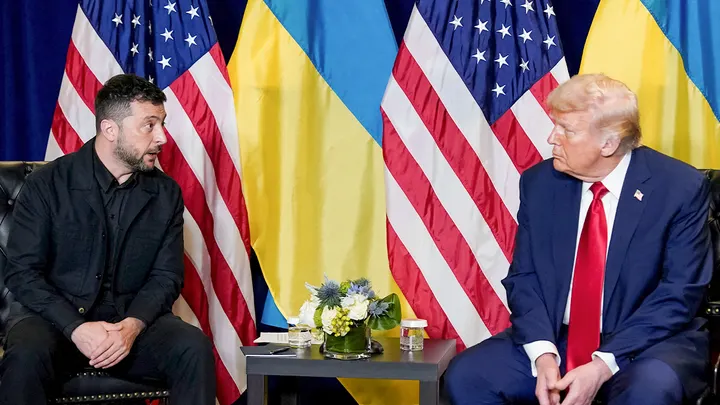
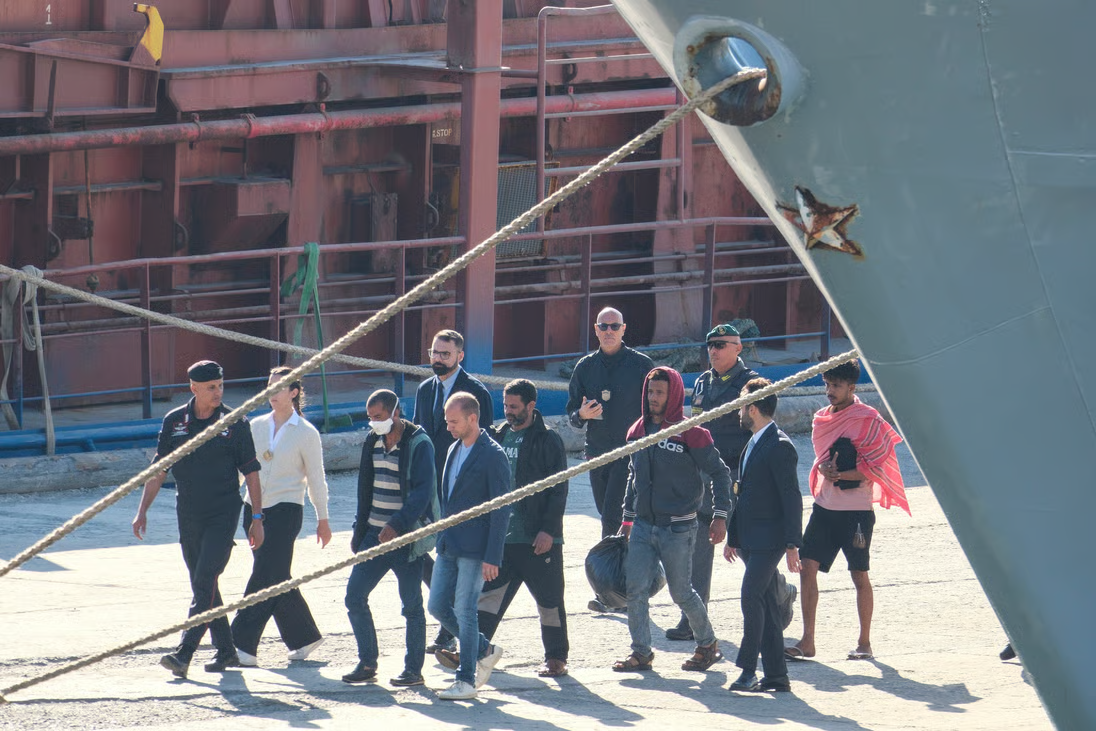

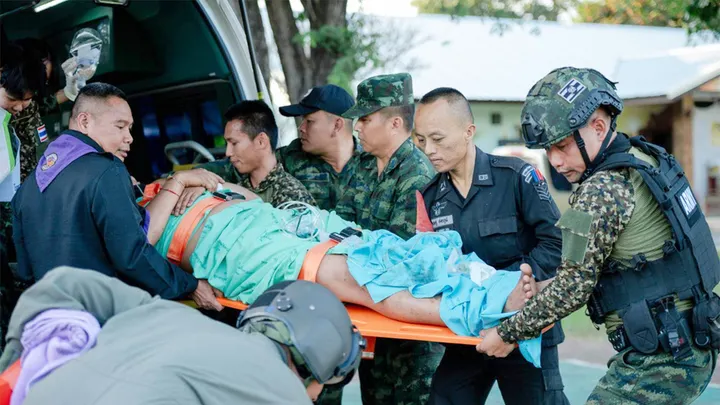
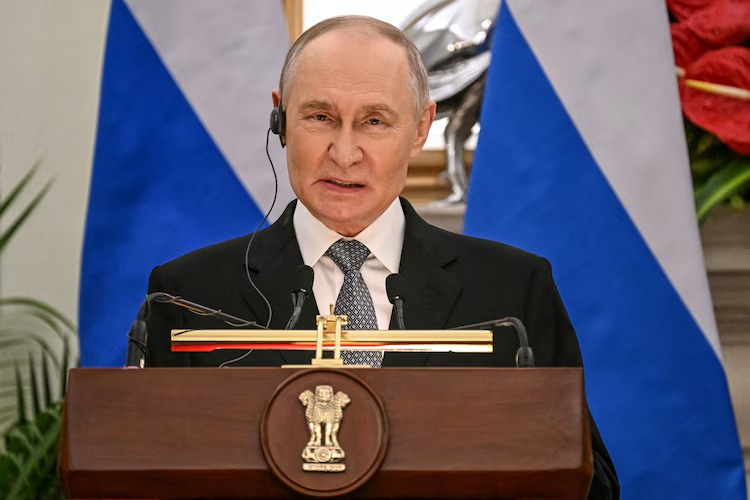
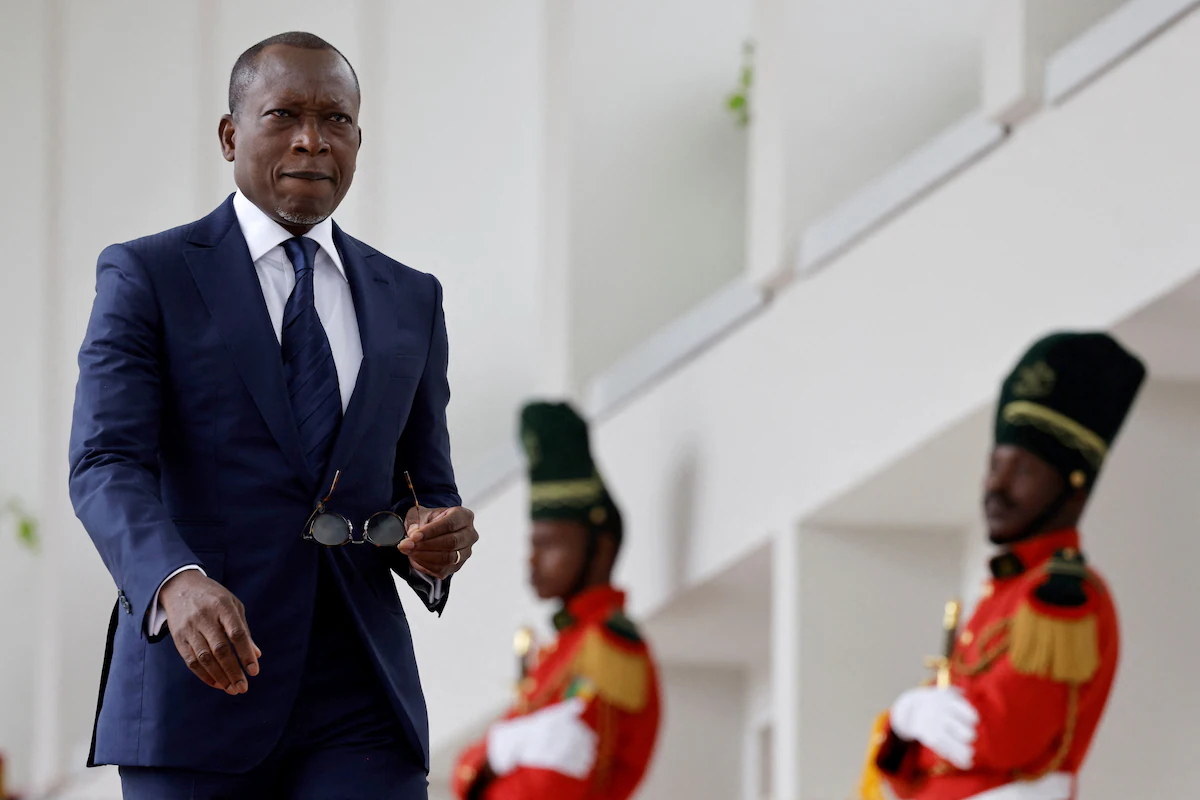
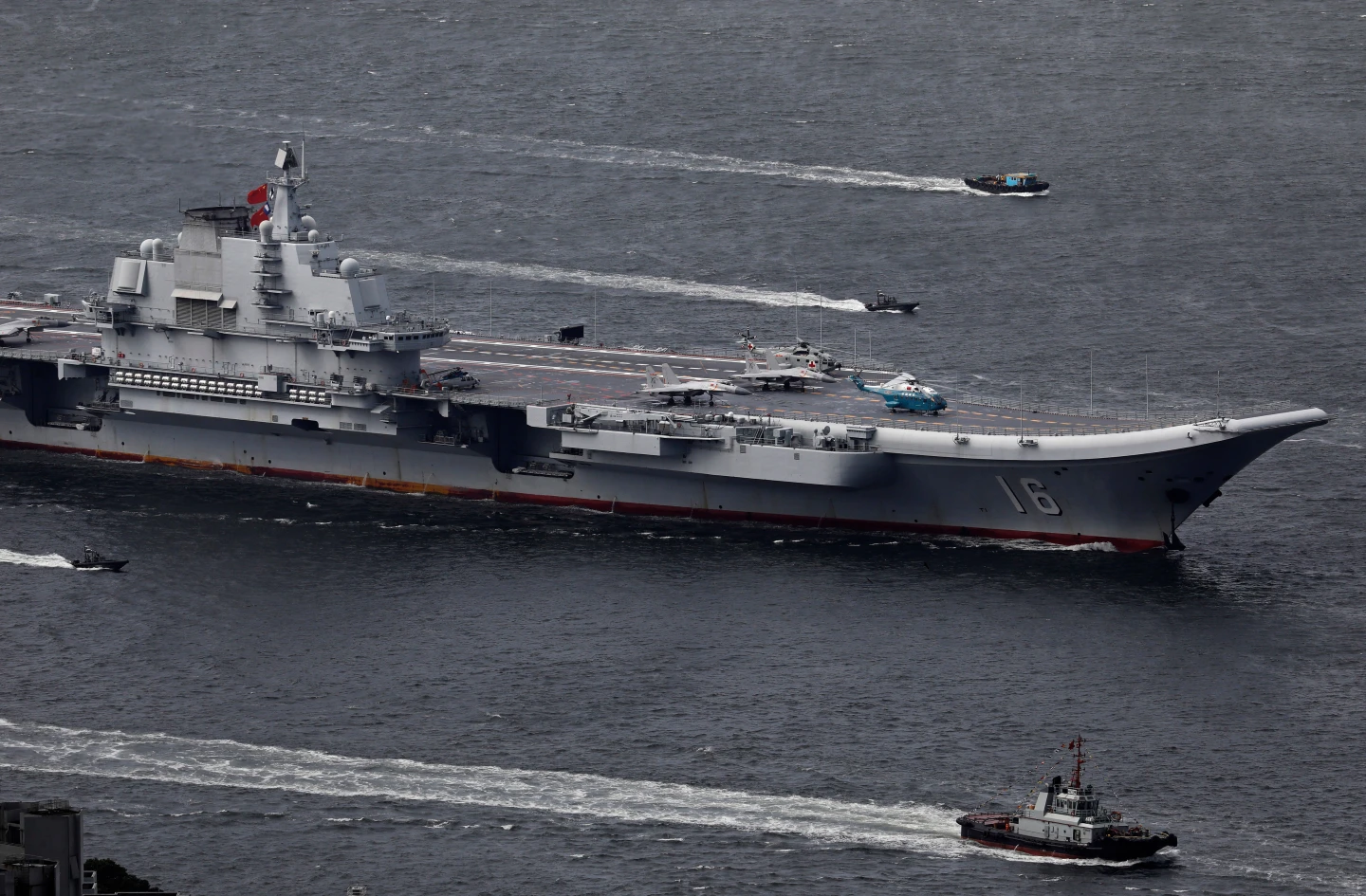
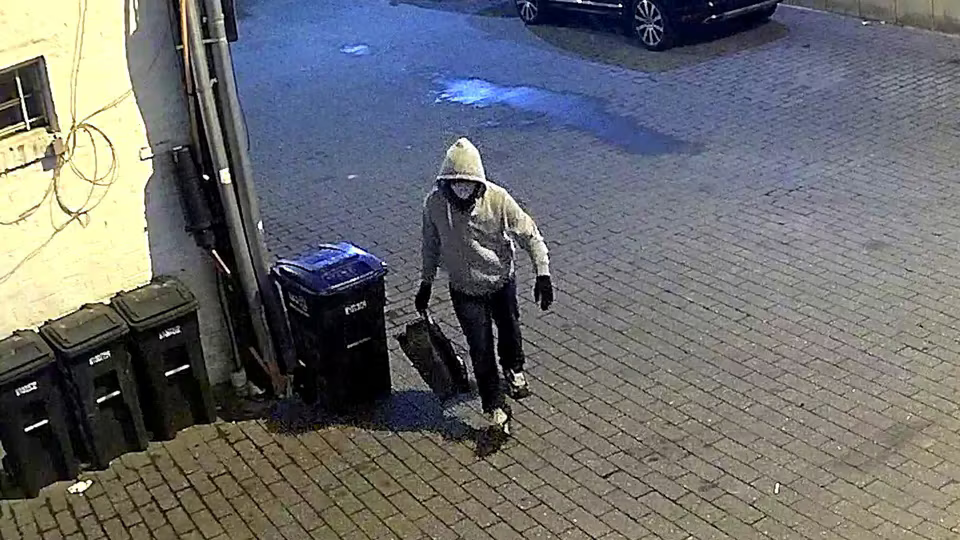
Discussion